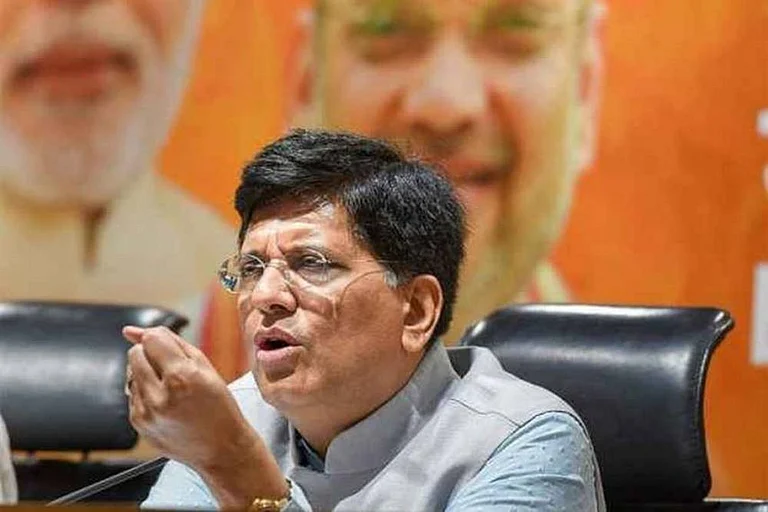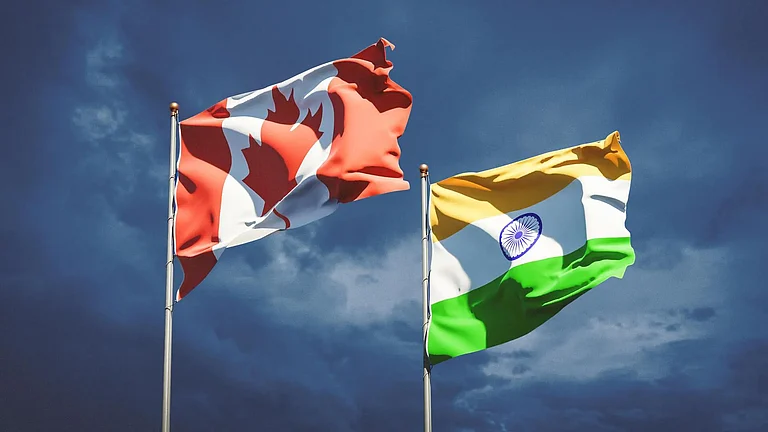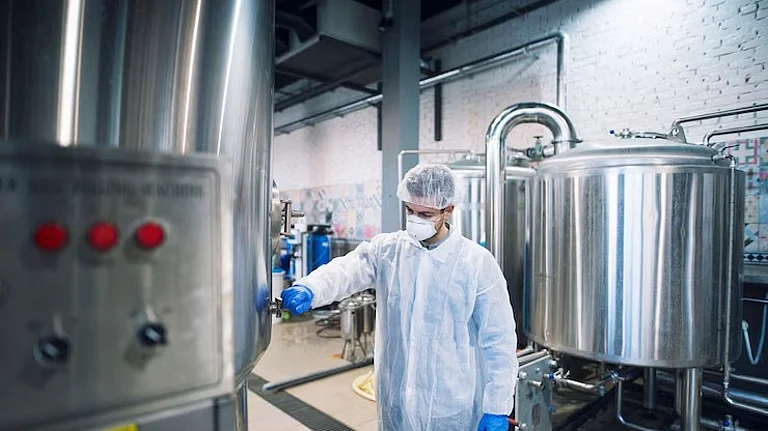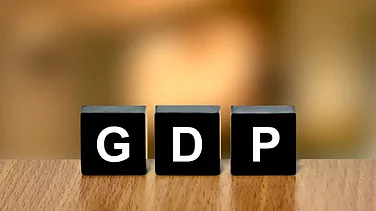India continues to protect its domestic dairy sector as it has recently rejected Australia's call for deeper tariff cuts on dairy and alcohol, according to Reuters. India's decision has hampered efforts to conclude the second phase of the trade pact by year-end, but it has underscored a broader strategy.
An interim trade pact signed in 2022 between the two countries reduced tariffs on a variety of goods, but talks on a more expansive Comprehensive Economic Cooperation Agreement (CECA)—encompassing goods, services and mobility—have lost momentum. According to the report, key hurdles remain over market access for dairy products and wine. Australia's renewed push for deeper cuts on politically sensitive imports has stalled progress further.
India's Dairy Stance
The country has long maintained strict regulations to protect its sensitive agricultural and dairy industry. One of the notable examples is the delayed deal between the US and India. Commerce Minister Piyush Goyal last week assured that India will not compromise the interests of farm and dairy sectors to negotiate an early deal with the US.
"In any negotiation we have done, you have seen UK, Australia, Mauritius, EFTA and UAE agreements, India's farmers have been protected," he said.
India is lenient on granting greater access to US dry fruits and apples, but holds back on allowing imports of corn, soybeans, wheat and dairy products. India does not allow genetically modified (GM) food crops, while most US corn and soybean production is GM-based.
Dairy, specifically, is a very sensitive topic in India due to cultural and dietary practices as well. Indian consumers have raised concerns over US dairy imports, particularly due to the American practice of feeding cattle with animal by-products — a method that clashes with prevailing food norms and cultural sensitivities in India.
Agriculture and its allied areas, such as dairy, contribute only 16% to India's $3.9trn economy, but sustain nearly half of the country's 1.4bn population. Hence, this sector holds immense political significance, which even led the Modi government to repeal three of its farm laws earlier.
The prospect of cheaper agricultural imports from the US or any other country risks depressing domestic prices, offering the opposition fresh political ammunition. India has historically excluded agriculture from its Free Trade Agreements (FTAs), citing the sector’s vulnerability. Granting market access to one country could set a precedent, compelling New Delhi to offer similar concessions to other trade partners as well.
India's Cooperative Model
India has been the number one milk producer since 1998. It now produces 25% of the world’s milk. While global milk production grows by 2% each year, India’s milk availability per person has increased by 48% in the last ten years. Credit goes to India's cooperative model, exemplified by Amul.
Prior to 1946, India’s dairy industry was primitive and disorganised. In the mid-1940s, dairy farmers in Gujarat’s Kheda district faced significant challenges in selling surplus milk, often forced to offload it at throwaway prices. While demand for milk was high in urban centres, issues of transportation and preservation created major bottlenecks. To address this, the Kheda District Co-operative Milk Producers’ Union Limited was established in 1946 to ensure fair and remunerative prices for farmers by efficiently collecting and marketing their milk. This pioneering initiative led to the creation of AMUL, heralding the beginning of India’s White Revolution.
It brought a revolution in milk production and distribution by organising rural milk producers into cooperative societies, ensuring fair prices for farmers and eliminating middlemen. This model has empowered millions of farmers, enabling them to have a say in the market and earn a stable income. Today, Amul operates a three-tiered structure: village-level societies, district unions, and state federations, collectively known as the Anand Pattern.
India's Dairy Consumption and Production
Currently, India’s dairy is the single largest agricultural commodity, contributing 5% to the national economy and directly employing more than 8 crore farmers. Between 2014-15 and 2023-24, milk production rose by 63.56% from 146.3mn tonnes to 239.2mn tonnes. This means the country has maintained an impressive annual growth rate of 5.7% over the last 10 years. India's milk production has grown with a Compound Annual Growth Rate (CAGR) of 6% over the past decade.
Its dairy sector supports a vast livestock population of 303.76mn bovines and 74.26mn goats. India also holds the title of the world's largest livestock owner, with a total livestock population of 536.76mn.
The dairy consumption patterns vary across regions, with northern states like Punjab and Uttar Pradesh being significant consumers. According to India's National Nutritional Guidelines, adults consume three servings of milk and dairy products of 100 ml each every day, or 300 ml of dairy in all every day.
Half of all adult Indians consume dairy products—such as milk or curd—on a daily basis, while nearly three-fourths include them in their diet at least once a week. Only about one in twenty adults report not consuming dairy at all. Urban areas show higher consumption levels: two out of three urban adults consume dairy at least weekly, compared to just one in two adults in rural India.
Despite its dominance, the Indian dairy sector faces hurdles like infrastructural constraints, such as inadequate cold chain facilities and limited access to veterinary services. The unorganised sector still handles a significant portion of milk production, leading to issues related to quality control and pricing.
India’s dairy trade policies reflect the country’s need to protect its agricultural sector, ensuring a fair playing field for its farmers while respecting cultural values. The future of India’s dairy industry, shaped by these complex dynamics, will likely depend on how effectively it can navigate the balance between global integration and local preservation.













.jpg?auto=format%2Ccompress&fit=max&format=webp&w=768&dpr=1.0)



















